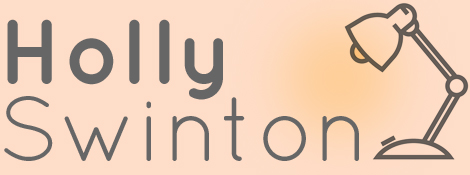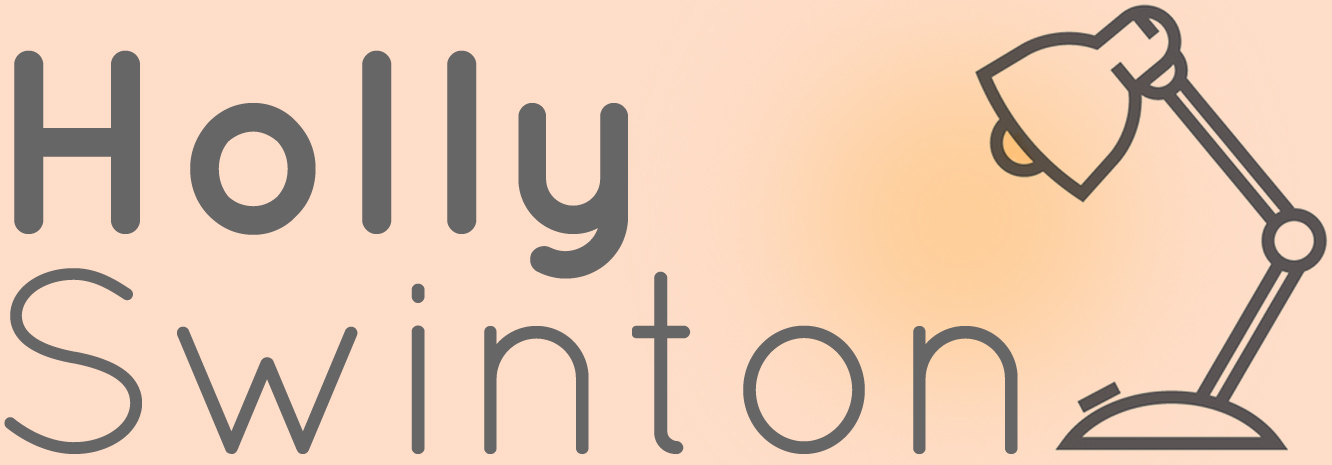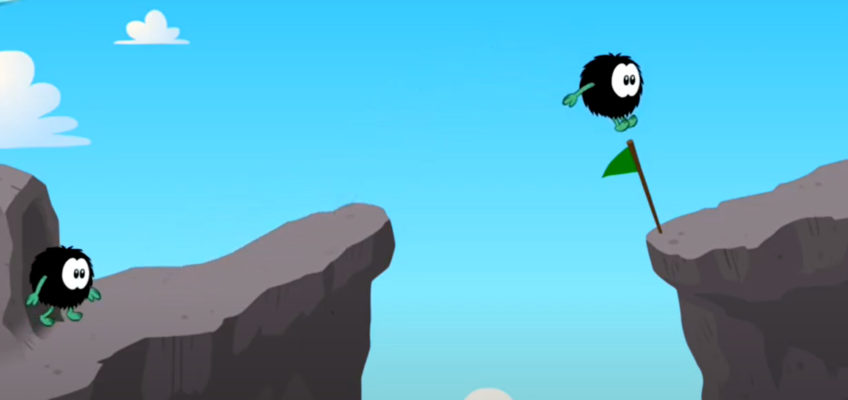If the answer is not yet, then they would probably benefit from a little targeted practice learning to spell the most common words we use. Just 300 words make up half of everything we read and write, so they are a crucial piece of the spelling puzzle. Click here for the three other pieces.
My favourite, cheap little apps for learning the high-frequency words are Hairy Words 1 and 2. Between the two apps they have 200 of the most common words preloaded. The concept is simple: they chose a word to spell, it flashes up and then they try to spell it. They quickly get rewarded with a genuinely fun (non-patronising) game. Non-patronising apps are a rare find and so I often recommend this app in my dyslexia reports. Then they have to learn more words to try to get to the next level of the game. Want to know more? Here is a link to my review.
Astoundingly, the UK government expects children to have learned all these words by the time they finish Year Two (ages 6-7)! Curious about what else are they supposed to have learned? Here is a post I wrote about what every parent needs to know about the national curriculum spellings.
Because 90% of words follow the rules, I have tried to list them in groups. It helps your child to learn words in groups so they can use their existing knowledge to ‘analogise’ their spelling (e.g. if you can spell age, then you can also spell page, cage, rage, sage, stage, mage, engage etc.) This then cuts down the thousands of words they need to know. It is vital your child is good at rhyming for this to work – click here for similar other surprising ways to boost their spelling.
It also speeds up their learning if you consistently draw their attention to common letter strings and phonic patterns, so that they spot these in other words. We want them to link certain sounds to certain letters (e.g. ch, sh, th, ph, ar, er/ir/ur, ai/ay, ee, ea, ei, ie, igh, oo, ew, or/au/aw,oi/oy, ou, ow, ire, ure, are, ear, air). Encourage them to think of other known words that contain this pattern, so they can link the new word to the known one. Here is an idea to link them to objects around the house.
They also would benefit from using these words to recap useful spelling rules/conventions, which provide a useful peg to remember stranger spellings.
Here are the second hundred most common words (according to some sources) which are found on the Tricky Words 2 app:
each, eat (contain the ea phonic)
door, floor (contain the less common oor phonic)
again, say, away (ai normally goes in the middle of a word, ay normally goes at the end);
about, house, now, (ou normally goes in the middle of a word, ow normally goes at the end);
looked, good (oo sometimes makes an u sound)
class, grass, pass (fizl or flossy words: short, weak words ending in ff, ll, ss, zz, ck).
five, even, clothes, over (magic e makes no sound, but makes the vowel say its name);
magic (soft g: i, y, e after a g makes it soft and sound like j)
other, brother, another, money (in these words o says u: u is sometimes spelt as an o before v, n, th because monks using quills tried to make words look less confusing);
move, prove, believe (words don’t end in a v, but other than that these words are quite eccentrically spelt);
baby, little (hopping/hoping rule: weak/strong vowel so does it need a single or double consonant in the middle, before the suffix)
fast, last, past, path, bath, after, father, asked, plant (southern a: in some accents the a sound is pronounced as ar).
find, kind, mind, wild, child, old, most, both, only (occasionally a vowel will say its name, but normally you need pairs of vowels e.g. ee, oa to make the first vowel say its name);
wanted, work, word (after evil w a says o, ar says or, or says er);
parents (contain the are phonic);
three, keep (contain the ee phonic);
new (contains the ew phonic);
boy (contains the oy phonic);
called, walked (contain the al saying or pattern);
long, went, thing, morning (contain the ng letter string);
children, school (ch makes a ch sound in english words -chips-, a k sound in greek words -chemistry- and a sh sound in french words – chef);
animal (you normally use the -al suffix – rather than ‘-le’- when you add the ending to a real word e.g. magic+al. This doesn’t seem to work here, but ‘anim’ is latin for spirit/mind);
sure, sugar (contain the less common s making a sh sound);
know, climb (common silent letters);
I’m, don’t, can’t, I’ll, I’ve (contractions: I+am, do+not, can+not, I+will, I+have);
could, should, would (all bonkers Old English words);
Mr, Mrs (abbreviations of the full word);
who, people, before, does, busy, very, every, friend, any, many, because, pretty, beautiful, water (14 genuinely tricky sight words, that need to be learned visually, using tricks like mnemonics).
write, eye, were, their, great, four (homophones which are spelt less sensibly to differentiate them from their more common sound-a-likes).
To speed up the process of learning these, I would advise giving them these (jumbled up) as a spelling test. Then choose 10 at a time to focus at a time. Ask them not to just click on the easy words they already know, but focus on learning the 10 you choose together. Click here for three other fun ways to learn the highest frequency words.
Curious to find out your child’s spelling age – follow this link.


